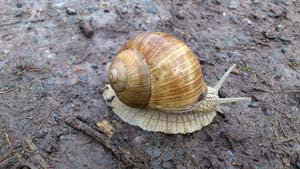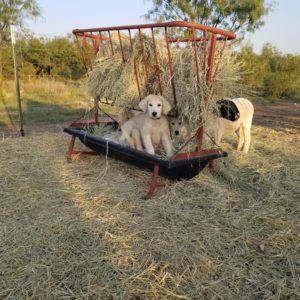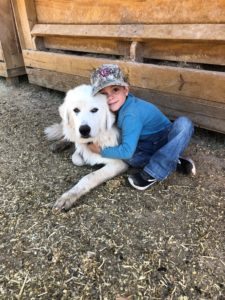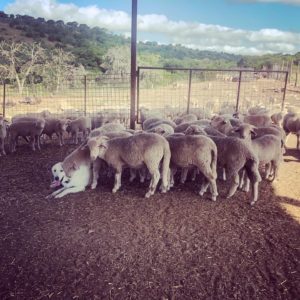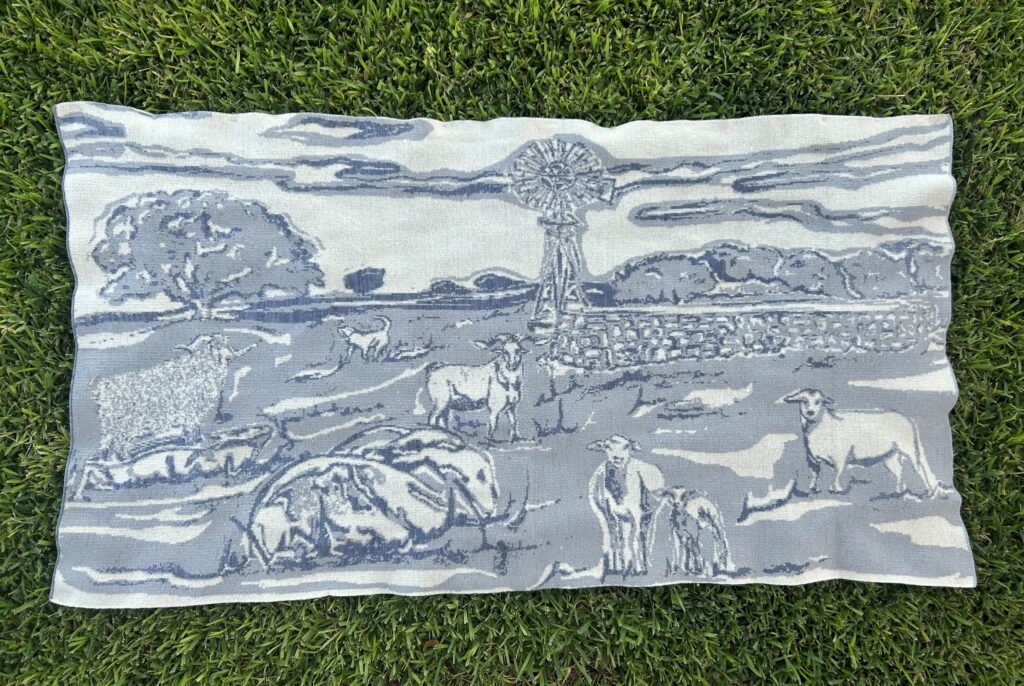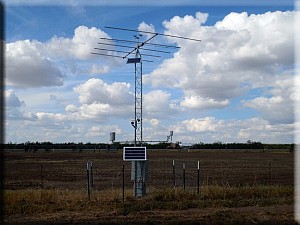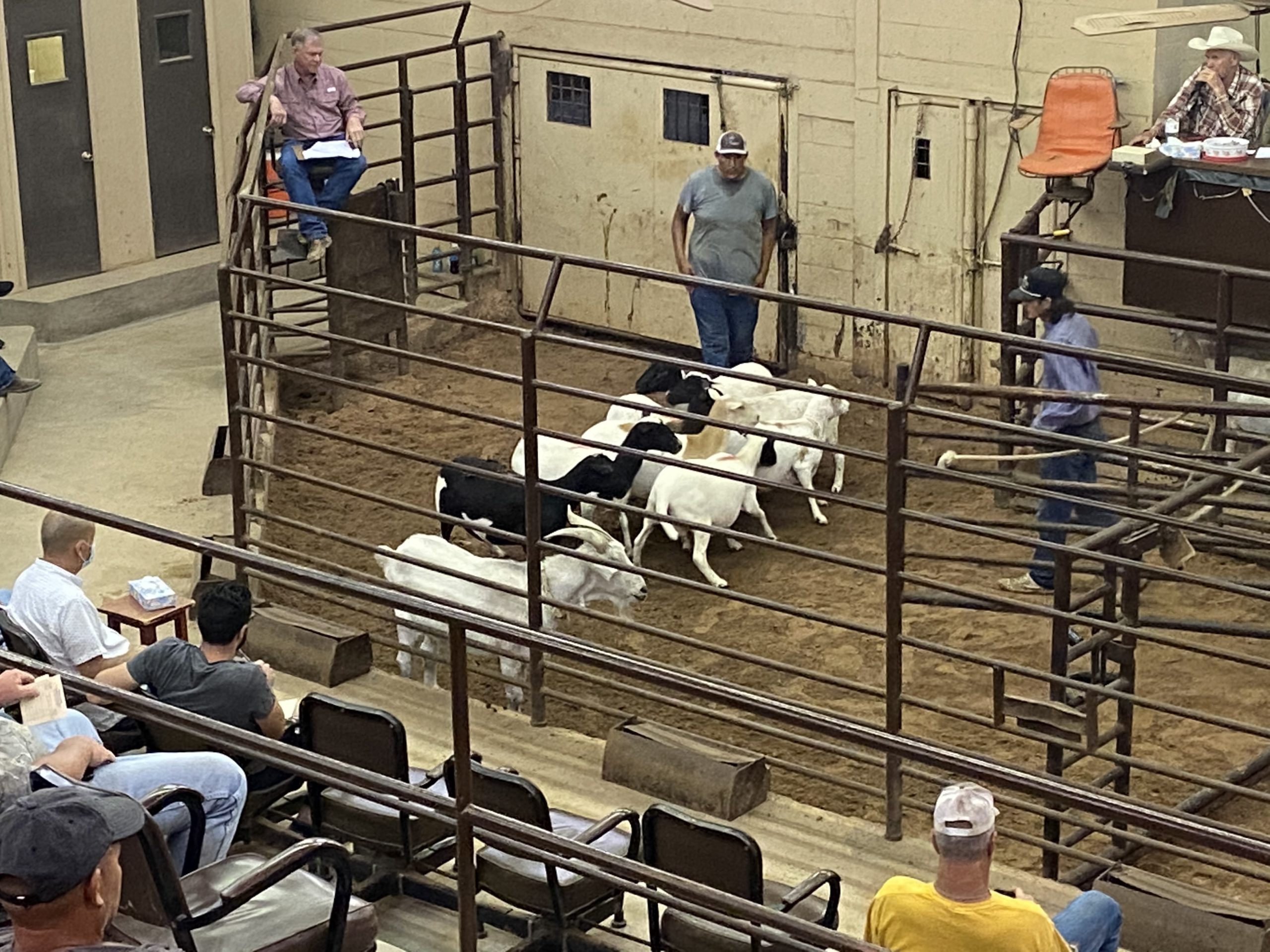Home & Work
I can’t believe that we are already at the end of fall with holidays right around the corner. The boys and I are looking forward to having the holidays in our new home. The dogs have adjusted well to the move and my LGD is guarding the house and yard from several roaming squirrels!
The newest set of pups for the second round of the bonding project arrived in early October and are adjusting well to their new home. These pups are out of the same parents as the Legends of Country Music. For those that follow our Facebook page, Johnny looks just like his mother and Willie looks just like his father.
The new kennel structure is finally completed and in place. It has four pens that are 6 ft x 12 ft in size. All that is left to do is install automatic waterers in the structure. It’s already been used by a few of our dogs and is a great addition to the Texas A&M AgriLife LGD program.
Internal Parasites – Gastrointestinal
This is the fifth and final part of a multi-part series on canine gastrointestinal parasites. The most common type of internal parasites that an owner of LGDs will encounter are worms. There are five main types of worms that your LGD may encounter: roundworms, hookworms, whipworms, tapeworms, and flukes. Last month we covered tapeworms and this month we will focus on flukes in LGDs to finish out the series.
Flukes are a class of parasites that can infect dogs and many other types of animals. They have a complex life cycle that can involve multiple intermediate hosts. The typical intermediate host however is a snail. There are three main types of flukes that affect dogs: intestinal, liver and lung. All types of flukes infect dogs through an intermediate host such as mice, snails or fish.
Intestinal flukes generally do not cause illness unless there are large numbers of flukes. Heavy infections can cause intestinal inflammation in the small intestine. Several antiparasitic medications are effective against intestinal flukes. Flukes in the bile ducts and gallbladder cause mild to severe liver disease in dogs. Various species of flukes have been reported from the liver of dogs in most parts of the world. Infections are generally uncommon and mild infections may pass unnoticed. In severe infections, dogs may develop progressive weakness, ending in complete exhaustion and death in some cases.
The adult lung flukes usually live in cysts, primarily in the lungs of dogs. Infection is common in North America with this type of fluke. The eggs from the adult flukes pass through the cyst wall, are coughed up, swallowed, and passed in the feces. The life cycle includes several snails as the first intermediate host and crayfish or crabs as the second. Dogs become infected by eating raw crayfish or crabs that contain the encysted parasite. The young flukes eventually migrate to the lungs where they become established. Infected animals may have a chronic, deep, intermittent cough and eventually become weak and lethargic, although many infections pass unnoticed. Several drugs provide effective treatment for lung fluke infections.
Sources: https://www.merckvetmanual.com/dog-owners/digestive-disorders-of-dogs/gastrointestinal- parasites-of-dogs?query=canine%20internal%20parasites#v3202812, https://www.merckvetmanual.com/digestive-system/gastrointestinal-parasites-of-small-animals/flukes- in-small-animals
LGD Puppy Bonding Project
Waylon and Johnny are doing well at our research ranch in Menard. They are staying with the livestock but are separating often as the sheep move to different locations on the ranch. The Superhero’s are still doing a great job for us. Thor has begun to roam to a neighboring ranch. We will be moving him to another location where he does not have friends (the Stooges) on the other side of the fence. The Stooges are all doing well, and the producer is still very happy with them.
Laverne, Shirley, Lenny and Squiggy are all doing great. They were released from the 60ft x 60ft pens in early October. They are all staying with stock and bonding well. The pair seems to be doing much better walking on a leash and being tethered than the two singles. I noticed this last fall also with the pups in pairs. The single pups in the previous round showed a slightly stronger bond to the stock than the pairs did. I believe the singles don’t want to leash walk as well because they are leaving their charges unguarded. Each time I walk Squiggy, he is always checking the location of his charges.
The four newest pups Doc, Wyatt, Thelma and Louise are adjusting well to their new home.
They arrived in mid-October and are growing fast. They will be placed in pens without hot wire to track their willingness to roam as adults. Wyatt was placed with Shirley to test whether dogs bonded close to headquarters are more likely to return to them as adults.
LGD Breed Spotlight – Polish Tatra
The Polish Tatra Sheepdog, originated in the Podhale, a small, mountainous region in southern Poland. The area sits against the Tatra range, which are the highest peaks in the Carpathians. Tatras were originally developed as a livestock guardian dog. Outside the U.S., the breed is also used for personal protection, as guard dogs for private property, military/police work, carting, and as guide dogs. Tatras generally do not attack predators but stand their ground and stay with their charges. In their home country, they serve a dual purpose and act as both a herding dog and a guardian dog.
The Tatra is a strong and compactly built dog, with a rectangular body shape. Its body expresses both power and mobility. Their profuse coat is generally pure white. The hair is short and close on the head, muzzle, the front of the forelegs, and below the hock. The neck and body are covered with a long, thick, straight or slightly wavy hair that is hard to the touch. Tatras have a very thick undercoat. The thighs and tail are also covered with long, thick hair.
They are hardy, strong dogs able to work on a minimal diet and withstand cold, harsh temperatures, as well as the hot, dry heat. The Tatras require early socialization- and then throughout their entire life to remain friendly towards people. The Tatra is a large dog, often reaching 24 – 28 inches and 100 to 130 pounds. He has heavy bone, a massive body and is powerfully muscled. World War II brought the breed to the brink of extinction due to the dogs being pressed into military duty. The Polish Kennel Club worked to re-establish the Tatra Dogs following the War. The Tatra is one of the rarest dogs in North America.
Sources: Dohner, Janet Vorwald. Farm Dogs: A Comprehensive Breed Guide to 93 Guardians, Herders, Terriers, and Other Canine Working Partners. Storey Publishing, 2016, https://www.ukcdogs.com/owczarek-podhalanski, https://www.ptsca.com/
Producer Profile
This month’s LGD producer is the Giles Family from Comfort, Texas.
Q: Please describe your ranch.
- What type of livestock do you have?
- How many head of stock do your dogs guard?
- How many acres do your dogs guard?
A: We raise Angus cattle, fine wool sheep, & Angora goats. We have roughly 700 head at different times on the ranch. Our dogs do not always stay with the same herd. They move around as they see fit to cover predator threats. They guard around 2,000 acres as they move around.
Q: How long have you used LGDs?
A: We have had dogs guarding our stock for about 2 ½ years now.
Q: How many dogs do you use?
A: We have four dogs (1 dog for about 2 1/2 years and 3 dogs for 3 months)
Q: Do you prefer a specific LGD breed?
A: No, we don’t prefer a specific breed. We currently have Akbash/Great Pyrenees and Anatolian/Great Pyrenees mixes on the ranch.
Q: Do you have an LGD mentor?
A: Yes, we do. Bill Costanzo at the AgriLife Center in San Angelo and WW Livestock Guard Dogs (where all four of our dogs came from). It’s important to have someone to contact if you are having trouble with your dogs.
Q: What is the biggest thing you would recommend a new LGD user?
A: Our biggest recommendation is to take the necessary time it takes to bond your dog to livestock and to you. It is time consuming, but so worth it in the long run. Properly bonded dogs are much easier to control and stay with your livestock.
Q: What is your favorite LGD/LGD story and why?
A: Pepper (dog we have used the longest) stayed with a nanny that had her head stuck in the fence until we came along to get the nanny out. Once the nanny was loose, Pepper
went on. Pepper wears a GPS tracker. Noticed her tracker kept pinging in the same location on a fence line, which is how we found the nanny that was stuck. Pepper knew she couldn’t get the nanny out of the fence, but maybe she knew we’d find the nanny if she stayed with her.
LGD Timely Tips
Every Tuesday check out our Facebook page @TAMUlivestockguardog for Tuesday’s LGD Tip of the Week!
- Move your LGDs to another field when hunters are on your property to reduce problems between the dogs and hunters.
- Remind hunters not to give treats to your LGDs unless they want them to come back to their blinds for more.
- Having several good pictures of your LGD is important if they need to be identified away from your property. Make sure you have pictures of any special identifying marks.
To provide feedback on this article or request topics for future articles, please contact me at bill.costanzo@ag.tamu.edu or 325-657-7311. The Texas A&M AgriLife Livestock Guardian Dog Program is a cooperative effort by Texas A&M AgriLife Research and the Texas Sheep and Goat Predator Management Board.
Follow us on Facebook: https://www.facebook.com/TAMUlivestockguarddog/
Follow us on Instagram: @tamulivestockguarddog
Follow us on YouTube: https://www.youtube.com/channel/UCF7YbP6bNDV7 6H8mifBA


